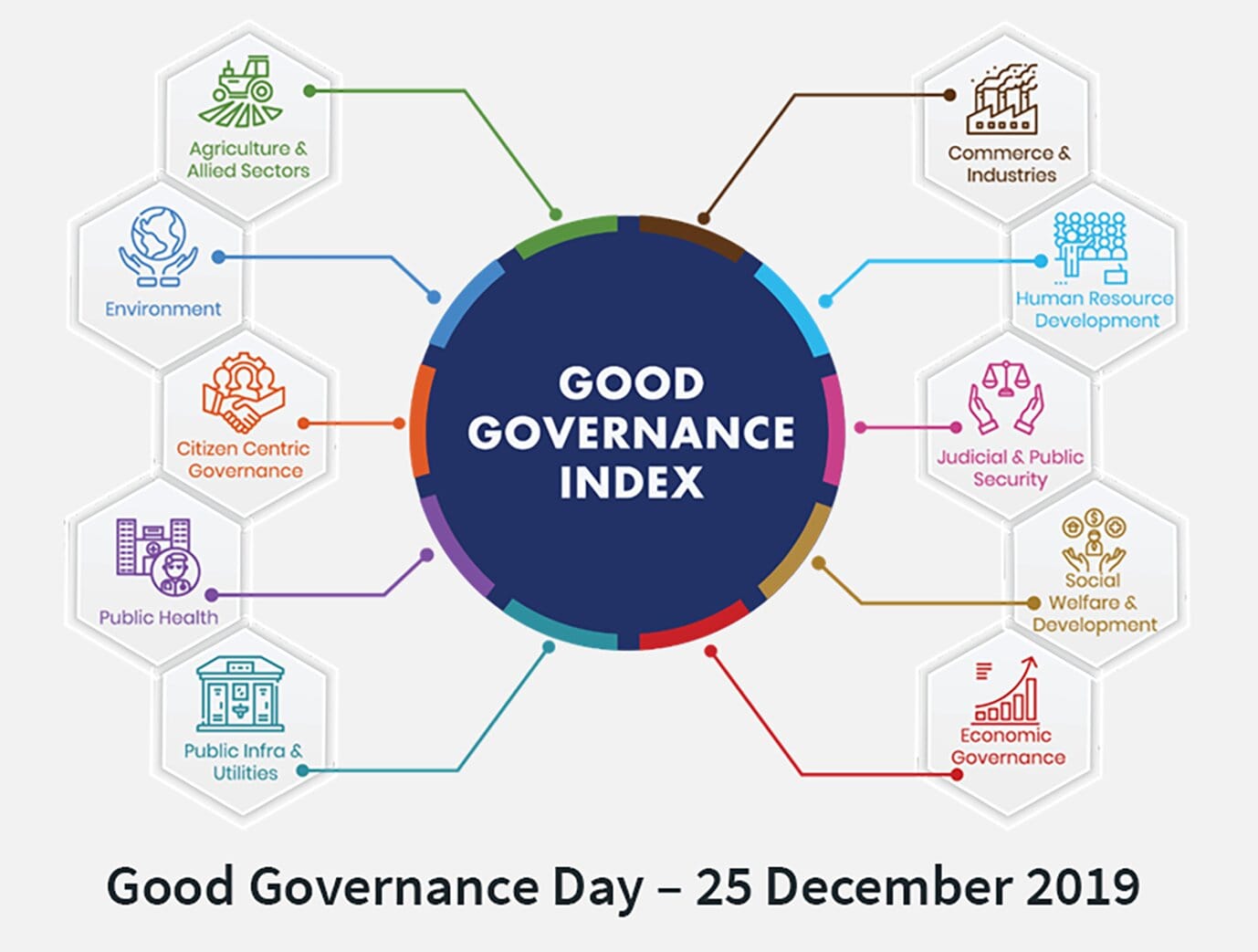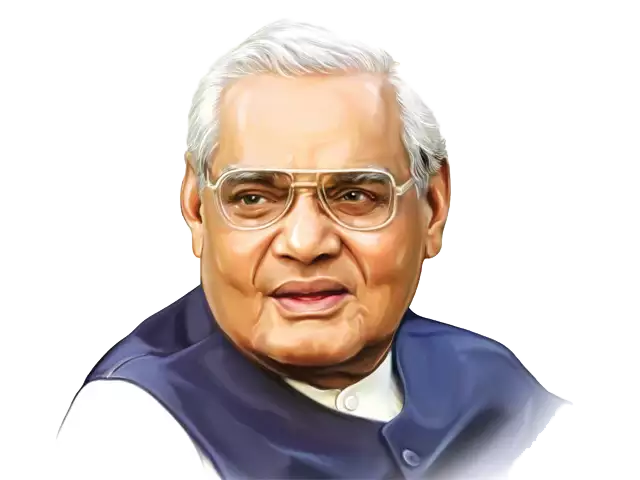Good Governance Day | 26 Dec 2019
Why in News
The Good Governance Day is observed on 25th December to mark the birth anniversary of former Prime Minister Atal Bihari Vajpayee.
- On this occasion, a number of initiatives have been taken by the government viz. the launch of Atal Bhujal Yojana (ATAL JAL), naming of tunnel under Rohtang Pass as Atal Tunnel and the launch of Good Governance Index (GGI).
Atal Bhujal Yojana
- The Atal Bhujal Yojana (ATAL JAL) is a central sector scheme worth Rs.6,000 crore to be implemented over 5 years for sustainable management of groundwater with community participation.
- ATAL JAL will promote panchayat led groundwater management and behavioural change with a primary focus on demand-side management.
- It is being implemented by the Ministry of Jal Shakti (earlier known as Ministry of Water Resources, River Development and Ganga Rejuvenation).
- The scheme is being funded by the Government of India and the World Bank on 50:50 basis.
- The entire World Bank's loan component and central assistance will be passed on to the States as grants.
- The identified over-exploited and water-stressed areas for the implementation of the scheme are Gujarat, Haryana, Karnataka, Madhya Pradesh, Maharashtra, Rajasthan, and Uttar Pradesh.
- The States have been selected according to the degree of groundwater exploitation and degradation, established legal and regulatory instruments, institutional readiness, and experience in implementing initiatives related to groundwater management.
Atal Tunnel
- The 8.8-kilometre-long Atal tunnel under Rohtang Pass is the world's longest tunnel above an altitude of 3,000 metres. It has a fireproof emergency tunnel built into the main tunnel itself.
- Rohtang Pass (elevation 3,978 m) is located in the state of Himachal Pradesh.
- It is present on the Pir Panjal Range of Himalayas.
- It connects the Kullu Valley with Lahaul and Spiti Valleys of Himachal Pradesh.
- The Ravi river rises west of the Rohtang pass in the Kullu hills of Himachal Pradesh.
- It will provide all-weather connectivity to remote border areas of Himachal Pradesh and Ladakh which otherwise remained cut off from the rest of the country for about six months during winters.
- The tunnel will help to promote tourism in the region.
Good Governance Index
- The Good Governance Index (GGI) has been launched by the Ministry of Personnel, Public Grievances & Pensions to determine the status of governance in the country.
- It assesses the impact of various interventions taken up by the State Government and UTs.
- Objectives of GGI:
- Provide quantifiable data to compare the State of Governance in the States and UTs.
- Enable States and UTs to formulate and implement suitable strategies for improving governance.
- Shift to result-oriented approaches and administration.
- The GGI takes into consideration the following ten sectors:
- Agriculture and Allied Sectors,
- Commerce & Industries,
- Human Resource Development,
- Public Health,
- Public Infrastructure & Utilities,
- Economic Governance,
- Social Welfare & Development,
- Judicial & Public Security,
- Environment
- Citizen-Centric Governance
- The States and UTs are divided into three groups — the Big States, North-East and Hill States, and Union Territories.
- Findings of GGI:
- Big States: Tamil Nadu topped the index followed by Maharashtra, Karnataka, Chhattisgarh and Andhra Pradesh whereas Odisha, Bihar, Goa, Uttar Pradesh and Jharkhand are poor performers.
- North-East and Hill States: Himachal Pradesh ranked first, followed by Uttarakhand, Tripura, Mizoram and Sikkim. Jammu and Kashmir, Manipur, Meghalaya, Nagaland, and Arunachal Pradesh are the worst performers in this group.
- Union Territories: Puducherry is the best-governed UT followed by Chandigarh and Delhi. Lakshadweep is the worst performing UT.
Atal Bihari Vajpayee
- Atal Bihari Vajpayee was born on December 25, 1924 in the erstwhile princely state of Gwalior (now a part of the Indian State of Madhya Pradesh).
- He entered in national politics during the Quit India Movement of 1942 which hastened the end of British colonial rule.
- He was the Prime Minister of the country in 1996 (for a short period of time) and 1999. He is the first Prime Minister since Pandit Jawaharlal Nehru to have become Prime Minister of India with two successive mandates.
- He has been elected to the Lok Sabha nine times and to the Rajya Sabha twice. In 1994, he was named India’s ‘Best Parliamentarian.’
- He was conferred with the country's highest civilian honour, the Bharat Ratna in 2015 and second-highest civilian honour, the Padma Vibhushan in 1994.
